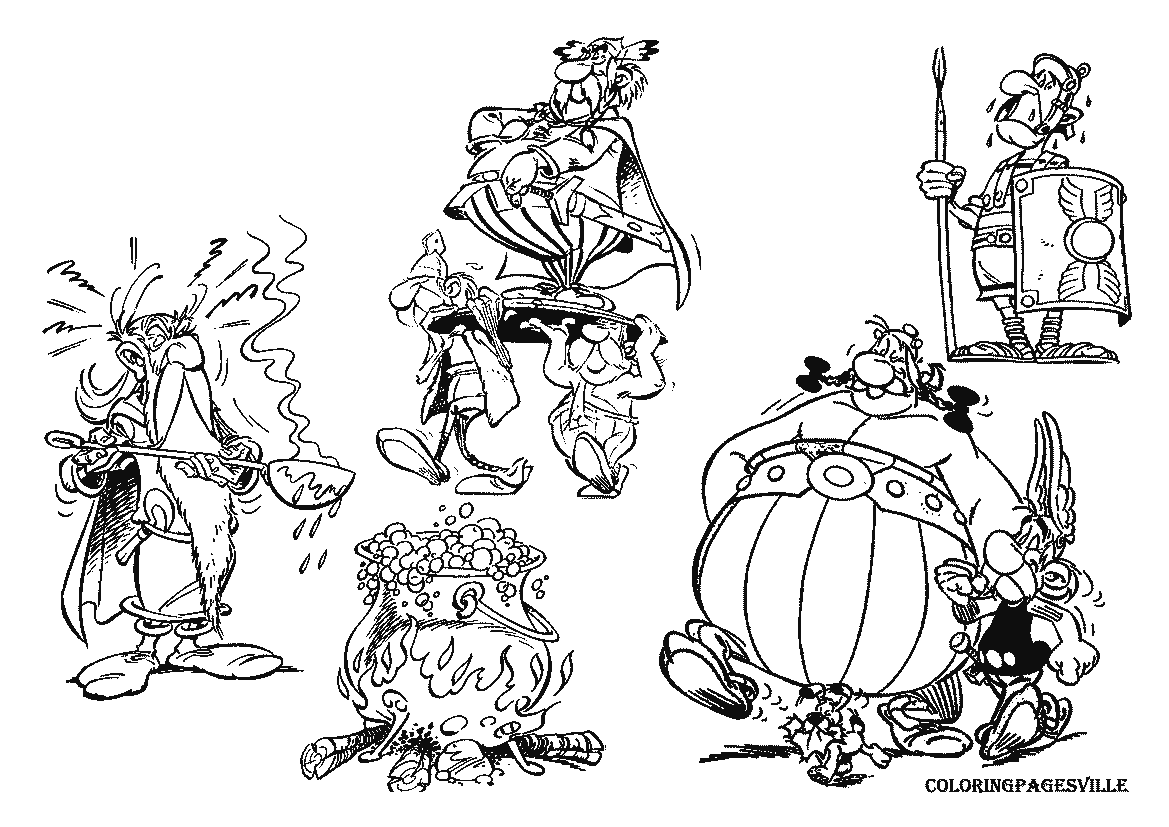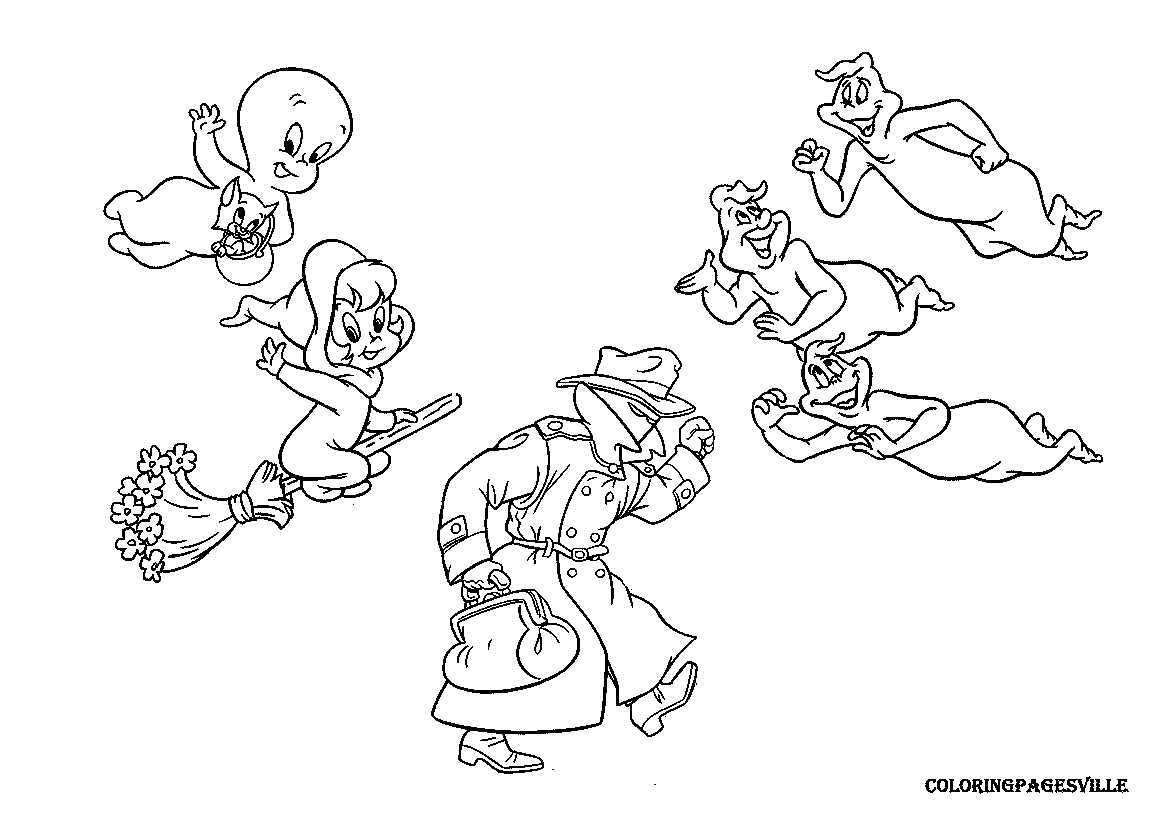New Coloring Pages
All Coloring Books
For Parents: Why Coloring is So Important for Kids?
Self-expression: Even choosing colors helps kids express themselves. So, don't insist on "correct" colors. If your child wants to make trees blue instead of green, simply tell them it looks beautiful.
Setting boundaries: While creativity is important, understanding limitations is crucial too. For instance, a child needs to know they can't run into the road. When kids color preprinted pictures, they learn to respect boundaries (the lines on the coloring page). Initially, a toddler might scribble all over, but as they grow, they start coloring within the lines, learning to respect boundaries.
Achieving milestones: Unlike drawing, coloring provides a sense of accomplishment. Finishing a coloring page says, "I did it!" and instills pride and self-worth in children. This feeling of accomplishment boosts their confidence and resilience, crucial for facing challenges in life.
Developing focus: Many children struggle with focusing and staying engaged. Completing a coloring page to the best of their ability helps them develop concentration and focus, essential skills for school tasks like math or spelling worksheets.
Color recognition: Coloring introduces children to various colors. Kids who use crayons and markers early on find it easier to grasp concepts of colors, their composition, and mixing.
Grip and control: Holding a crayon or colored pencil correctly teaches kids to control their grip, a skill vital for handling other writing instruments later on.
Coordination and motor skills: Coloring enhances hand-eye coordination. Properly holding a crayon, choosing colors, and sharpening them all contribute to developing basic coordination skills. These activities require cooperation between arm muscles and hands, which helps children manipulate objects efficiently.
Therapeutic benefits: Coloring serves as therapy for many children. Institutions worldwide utilize coloring to help people express their emotions and frustrations. It acts as a means to de-stress, especially after a busy school day, providing a calming effect and aiding in relaxation.











































